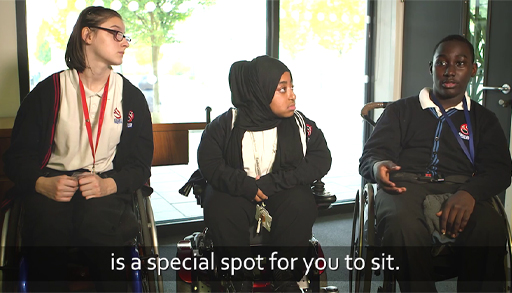3 Inclusive education in practice
Advocates of inclusive education argue it shifts thinking away from a ‘deficit model’ where the focus is on what a child cannot do, towards a ‘social model’, where the focus is on what the school can do to adapt to the child’s needs. Proponents of inclusive education also argue that it provides a unique opportunity to model an inclusive world, where non-disabled children can learn to communicate and form friendships with children with learning disabilities through common interests and activities. The argument made is that society can never be truly inclusive if people are separated from one another from school age onwards.
International research (Hehir et al., 2016) has shown that across the world, children with special educational needs benefit academically and socially when schooled in inclusive environments. The evidence also shows that the impact of inclusive education on non-disabled students is neutral or even positive. The argument made is that good inclusive teaching benefits everyone in the classroom.
Despite the research, it can often be difficult for parents and teachers to envisage what a good example of inclusive education looks like. In the next activity you will watch a video about Eastlea School. This will enable you to see a whole-school approach to inclusion.
Activity _unit5.3.1 Activity 6 Inclusive education in action
Watch this video about Eastlea School then answer the question that follows.

Transcript
[MUSIC PLAYING]
Why do you think Eastlea School is able to be so inclusive in its approach?
Answer
There are lots of reasons why Eastlea School is delivering high quality inclusive education. Some things you may have identified are:
- a deep commitment to inclusion through all levels of the school – from the most senior members of staff, to the students
- students are given clear messages about the benefits of inclusion and how they can help themselves, by helping each other
- the school has explored creative approaches to adapting the curriculum, but they talk about these things as very straightforward and simple things to do
- disabled students are very present in the classroom and recreational areas. The school is definitely aspiring to ‘inclusion’ over ‘integration’.
Eastlea School is a model of good practice and shows what can be achieved when the commitment to genuine inclusion is present. But delivering this level of inclusion can also come at a cost, as you will learn in the next section.
